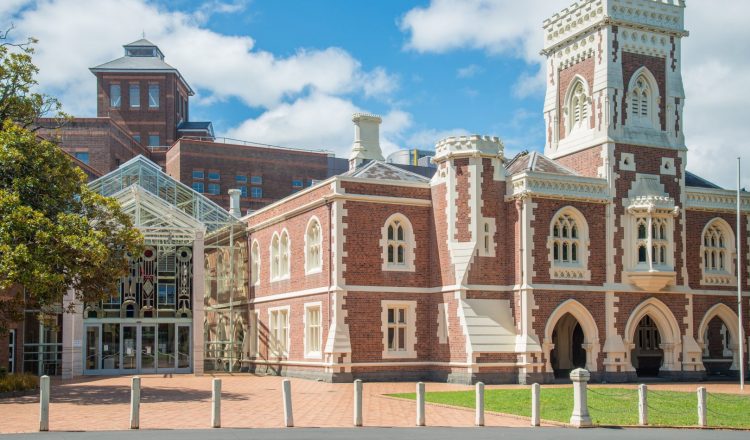Going to Court
Whether you are just supporting a loved one, giving evidence or defending yourself in court, it will almost always be a stressful time. It’s important to know what to expect when going to court in New Zealand, so you feel as prepared as possible and less anxious about the ordeal.
General Rules
Here are some general rules to remember when attending court.
- A court in New Zealand is a very formal place. You should dress in dark, smart clothing such as a suit and tie or equivalent. Don’t wear a hat or sunglasses.
- Don’t use your phone. Keep mobile phones on silent, do not film or take pictures whilst in court.
- Be there on time. It’s better to arrive early and wait around than to jeopardise your case by being late
- Don’t eat or drink in the courtroom.
- Stand for the judge. It is customary for the people in court to stand and be silent for the arrival and departure of the judge as a sign of respect. You also must stand if the judge is directly addressing you.
- Speak slowly and clearly*. What you say in court is an important part of the legal process. To avoid any mistakes, make sure to slow down your speaking and don’t be afraid to spell out your name if mistakes are possible.
- Do not swear.
- Do not talk when a witness is giving evidence.
- Use formal titles. The judge should be referred to as Sir, Ma’am or Your Honour. Other individuals may be referred to as “Mr” or “Ms” and their surname.
- Bring documents and copies if required. Legal proceeding require lots of paperwork, make sure you have any documents that the court requires. Bring extra copies if necessary.
*Court proceedings in New Zealand are usually conducted in English. If English is not your first language and you feel as though you need an interpreter to help you communicate your statements in court, you must fill out a ‘request for interpreter’ form. Submit the form to the court that you will be attending in advance of the hearing.
Self-Representation at Court
When you arrive at the court, you will have to go through security. If you are unsure of where to go after this, you can ask a member of staff at the court for directions. When in the courtroom, you may be required to swear an oath or affirmation, this is your pledge to tell the truth. After the proceedings are finished, the staff can help you with the next steps, but they cannot give you legal advice. Legal advice should only be sought from your lawyer or from the Citizen’s Advice Bureau.
You do not need a lawyer to represent you in court, you can opt to represent yourself if necessary. However, properly representing yourself in court will take lots of research, preparation and management over a long period of time. Most cases can take several months to resolve, but some cases can take years. Even if you win your case and are entitled to compensation, the time and money spent on self-representation will not be covered in the court costs.
Before you consider self-representation, it is usually a good idea to seek free legal advice from the Citizen’s Advice Bureau or Community Law as they can help you move in the right direction. If you want a lawyer but can’t afford one, you may be entitled to legal aid.

















































